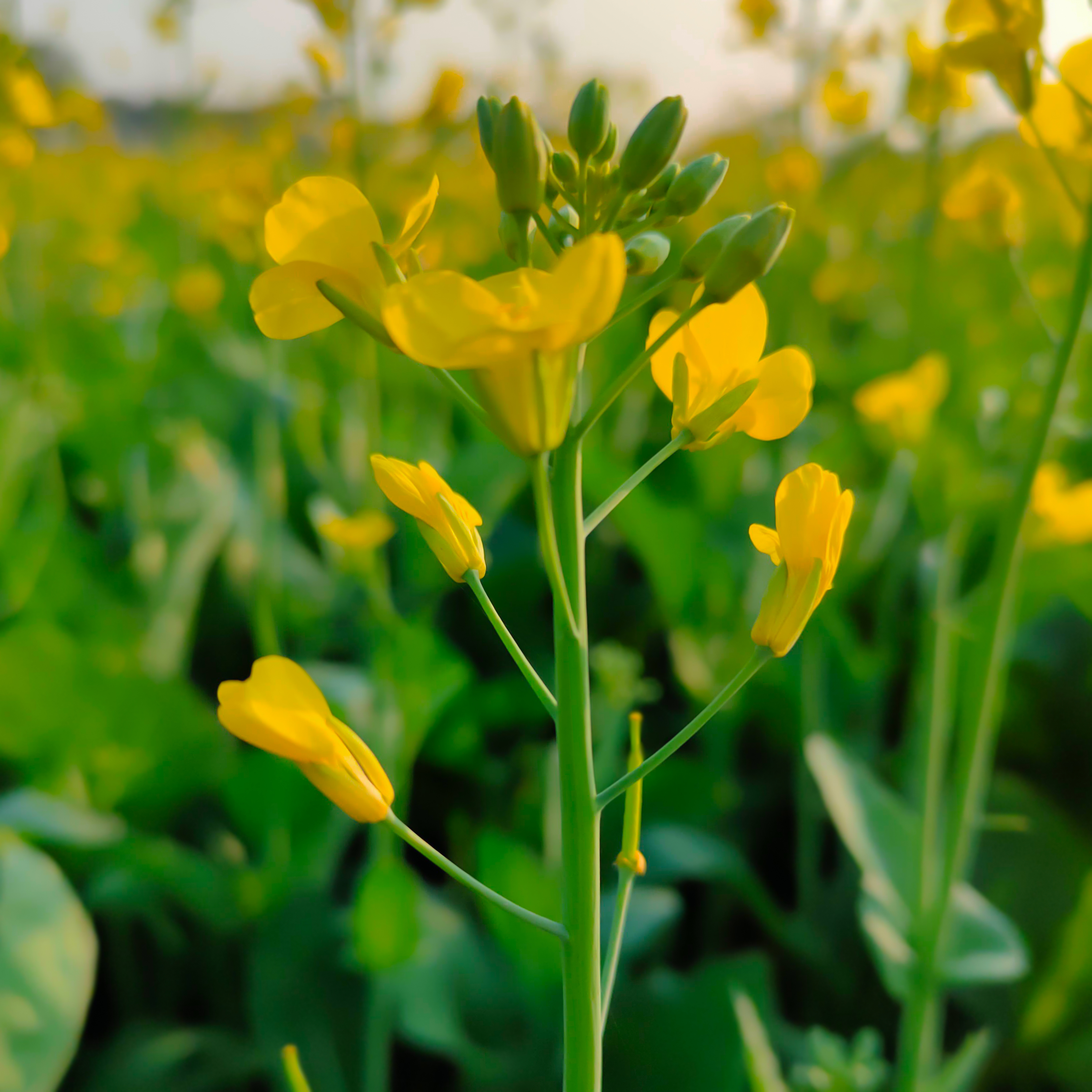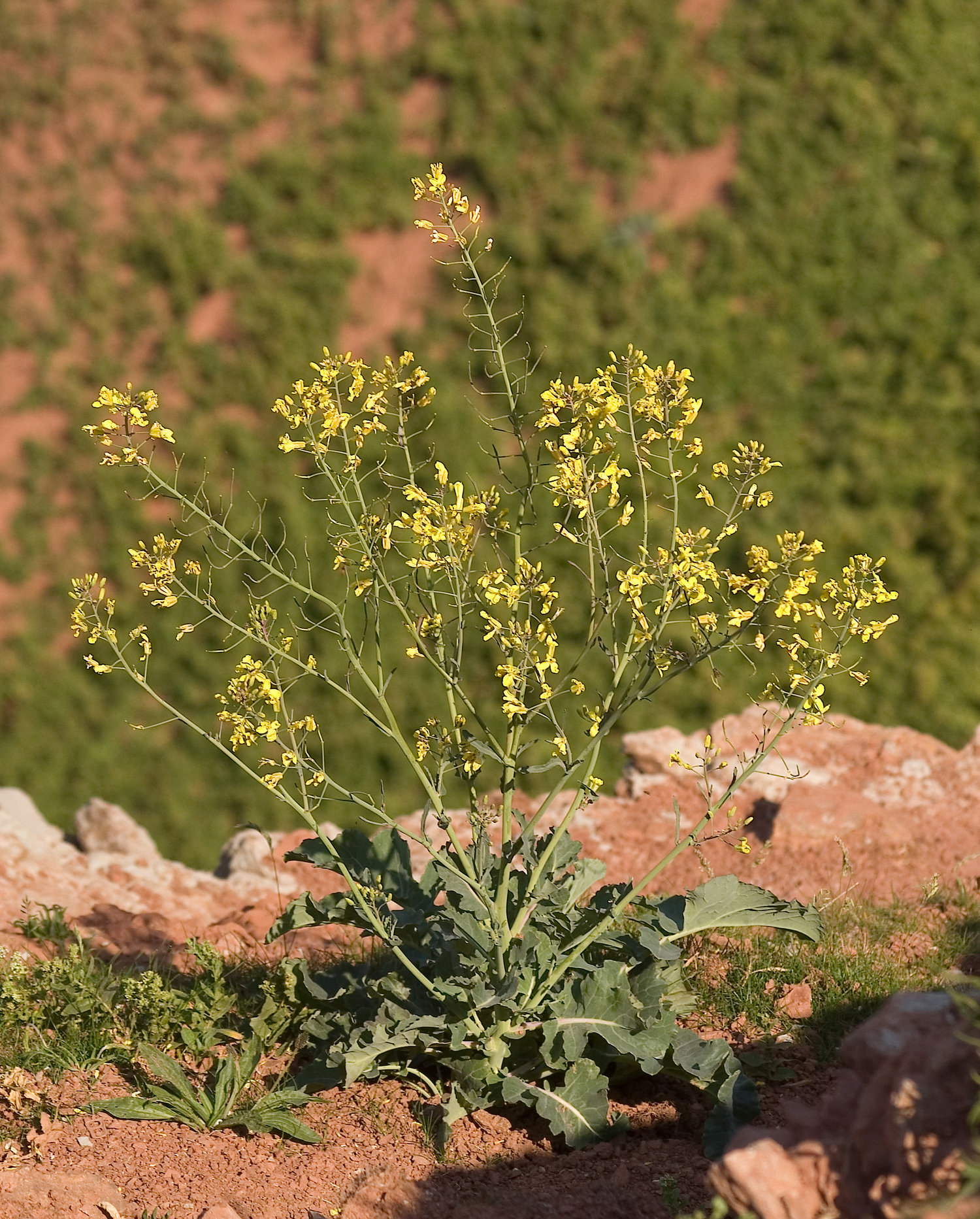The Mighty Mustard: A Comprehensive Exploration
The unassuming mustard plant, often relegated to the realm of condiments, is a botanical powerhouse with a rich history, diverse applications, and profound cultural significance. From its humble origins to its modern-day ubiquity, mustard has woven itself into the fabric of human civilization, offering a spectrum of benefits that extend far beyond a simple dollop on a sandwich.
Botanical Background: A Family of Flavors
Mustard belongs to the Brassicaceae family, a diverse group that also includes cabbage, broccoli, and cauliflower. This family is characterized by its cruciferous flowers, which give it the alternative name Cruciferae. The mustard genus, Brassica and Sinapis, encompasses several species, each with unique characteristics and uses.
Key Mustard Species: A Culinary and Agricultural Spectrum
White Mustard (Sinapis alba)

Brown Mustard (Brassica juncea)
Black Mustard (Brassica nigra)
Wild Mustard (Sinapis arvensis)
Cultivation and Harvesting: From Seed to Table
:max_bytes(150000):strip_icc()/mustard-plant-growing-guide-7377609_01-7dd11987305340b7a79f41d359514096.jpg)
Mustard is a relatively easy crop to grow, thriving in cool climates and well-drained soil. It is typically sown in spring or autumn, depending on the region and variety.
Cultivation Practices
Soil preparation: Mustard prefers a fertile, well-drained soil with a pH of 6.0-7.5.
Harvesting Techniques
Seed harvesting: Mustard seeds are harvested when the pods turn yellow-brown and begin to dry.
Culinary Applications: A World of Flavors
Mustard’s culinary versatility is remarkable, spanning a wide range of cuisines and preparations.
Prepared Mustards: A Global Condiment

American yellow mustard: A mild, tangy condiment made primarily from white mustard seeds, vinegar, and turmeric.
Mustard Seeds: A Spice and Ingredient
Pickling: Mustard seeds are a common ingredient in pickling brines, adding flavor and preserving vegetables.
Mustard Greens: A Nutritious Vegetable
Southern cuisine: Mustard greens are a staple in Southern cooking, often braised or sautéed with bacon or ham.
Health Benefits: Beyond the Condiment
Mustard has been used for centuries in traditional medicine, and modern research is beginning to validate some of its purported health benefits.
Glucosinolates and Antioxidants
Glucosinolates: These compounds, found in high concentrations in mustard seeds, have been shown to have anti-cancer and anti-inflammatory properties.
Potential Health Applications
Pain relief: Mustard plasters and poultices have been used traditionally to relieve muscle aches and pains.
Industrial and Agricultural Uses: A Multifaceted Crop
Beyond its culinary and medicinal applications, mustard has several industrial and agricultural uses.
Biofumigation and Green Manure
Biofumigation: Mustard plants can be used to suppress soil-borne pests and diseases by releasing volatile compounds called isothiocyanates.
Oil Production
Mustard oil: The oil extracted from mustard seeds is used in cooking, particularly in India, and in various industrial applications.
Cultural Significance: A Symbol of Flavor and Tradition
Mustard has played a significant role in various cultures throughout history.
Religious and Symbolic Meanings
The Parable of the Mustard Seed: In the Bible, the mustard seed is used as a metaphor for the growth of faith.
Historical Significance
Ancient civilizations: Mustard was used by ancient Greeks and Romans for culinary and medicinal purposes.
Modern Research and Future Prospects
Ongoing research is exploring the potential of mustard in various fields, including medicine, agriculture, and industry.
Biotechnology and Breeding
Improved varieties: Scientists are developing new mustard varieties with enhanced nutritional value, disease resistance, and yield.
Sustainable Agriculture
Cover cropping: Mustard is being used as a cover crop to improve soil health and reduce erosion.
Continued Culinary Innovation
Chefs and food enthusiasts continue to find new and innovative ways to use mustard in culinary creations. The versatility and unique flavor profile of mustard ensures it will continue to be a staple in kitchens around the world.
